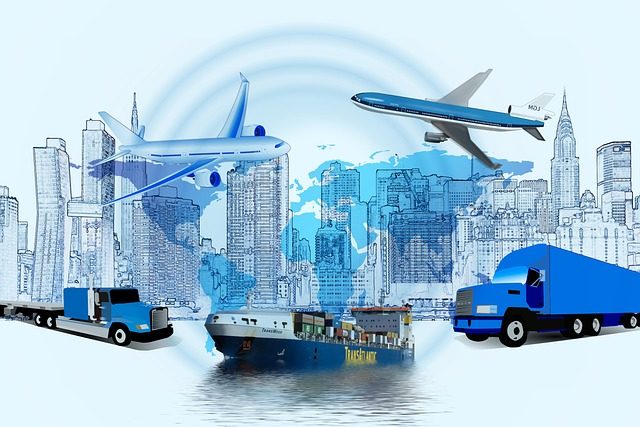Home » Study finds lack of data analytics, AI use in logistics
Study finds lack of data analytics, AI use in logistics
Tech firm says transportation and logistics firms are also making slow progress on sustainability and supply chain visibility goals.

Transportation and logistics professionals in the United States and Europe say their companies are coming up short in three business focus areas: artificial intelligence (AI), sustainability, and supply chain visibility. That’s according to a recent study from location data and technology firm Here Technologies, released this week.
The study of more than 900 transportation and logistics professionals in Germany, the United Kingdom, and the U.S. identified gaps in tech investment and sustainability goals, and a lack of meaningful progress on supply chain visibility initiatives among logistics companies.
On the tech side, only half of professionals surveyed said their organizations utilize basic data analytics in their operations, and just 25% said their organizations leverage AI capabilities. The findings underscore what the researchers referred to as “the untapped potential of AI,” which includes data analytics supported by machine learning and can help with tasks such as optimizing fleet routing, predictive maintenance, and streamlining processes for strategic decision-making. The study found that, for most firms, cost is the main barrier to implementing AI and other technologies, followed by “potential disruption to existing services,” and a “lack of internal expertise.”
When it comes to the environment, the study found that most companies are not prioritizing sustainability despite a global emphasis on the topic. Most respondents across all three countries said their organizations do not have sustainability goals, with 27% saying those goals are “under development” and 33% saying their organizations have no such goals with no plans to develop sustainability metrics.
Respondents revealed more progress on supply chain visibility efforts, but still said their organizations are falling short of their goals. Three out of four professionals surveyed said their company is making “some progress toward achieving real-time supply chain visibility” but less than one in four said they have made “significant progress.” The respondents said that ocean freight is the mode of transportation providing the least amount of real-time visibility while truck operations have the highest amount of real-time visibility in their supply chains.
Here Technologies partnered with British market research firm YouGov to conduct its “On the Move” study of more than 900 professionals at transportation and logistics companies of all sizes.
Transportation Technology Supply Chain IT Data Analytics Artificial Intelligence Business Intelligence/Decision Support Green LogisticsKEYWORDS HERE Technologies
Related Articles
Copyright ©2024. All Rights ReservedDesign, CMS, Hosting & Web Development :: ePublishing